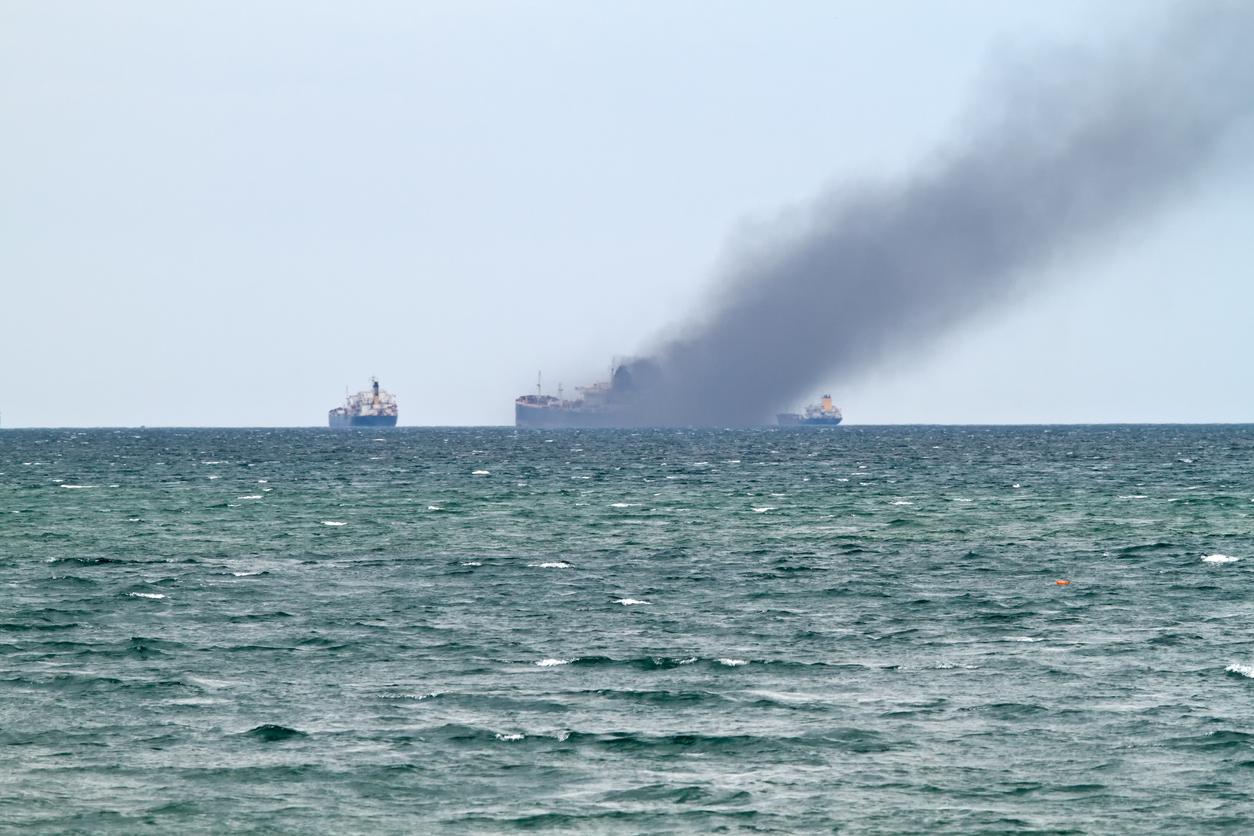The Felicity Ace sank around 9 a.m. local time after it began to take on water and tilt to one side, according to MOL Ship Management Singapore Pte Ltd, which owns the company that operates the ship.
For days, the Panama-flagged ship carrying some of the world's most expensive automobiles burned intensely. The Dutch company in charge of salvaging the ship, SMIT Salvage, dispatched a team of large oceangoing tugboats to the scene and was towing the vessel to safety when it sank.
According to salvage crews and the Portuguese navy, the intensity of the fire could be explained by the large number of electric vehicles on board. Some batteries are known to be flammable and to burn at high temperatures when they catch fire, making such a blaze difficult to put out.
The Felicity Ace fire is one of the first to be launched from a major vehicle carrier carrying a large cargo of electric vehicles. The incident has sparked a debate among insurers and regulators about how to transport such vehicles safely, a question that will become more pressing as EVs become more common.
While the cause of the fire on the Felicity Ace may never be known because the ship is at the bottom of the ocean, experts warn that electric car batteries can short circuit and catch fire. According to regulators, this could imply that precautions not applicable to conventional vehicles must be taken during transportation.
Following the fire's extinguishment, Volkswagen AG, the German automaker that owns the Lamborghini, Porsche, Bentley, VW, and Audi brands, stated that "large parts of the nearly 4,000 vehicles from several group brands were so damaged in the ship fire that they can no longer be delivered."
Volkswagen declined to comment on the value of the cargo.
Experts in incident insurance Russell Group Ltd. estimated that the cargo on board the Felicity Ace was worth approximately $438 million, with the cars accounting for approximately $401 million. VW could face losses of at least $155 million, according to Russell.












